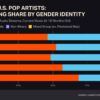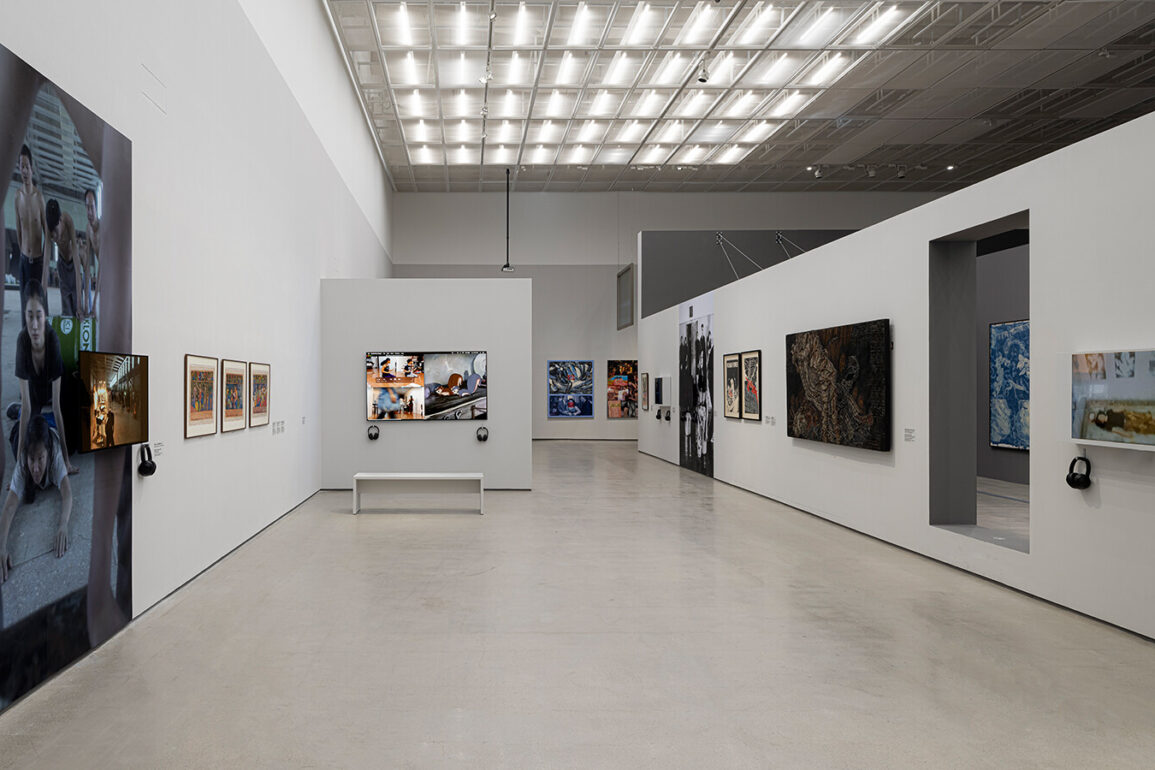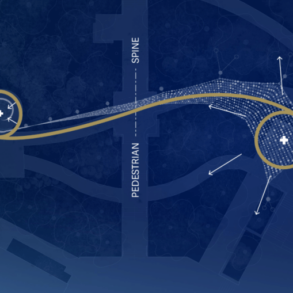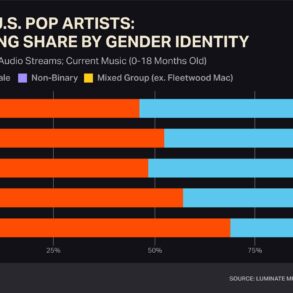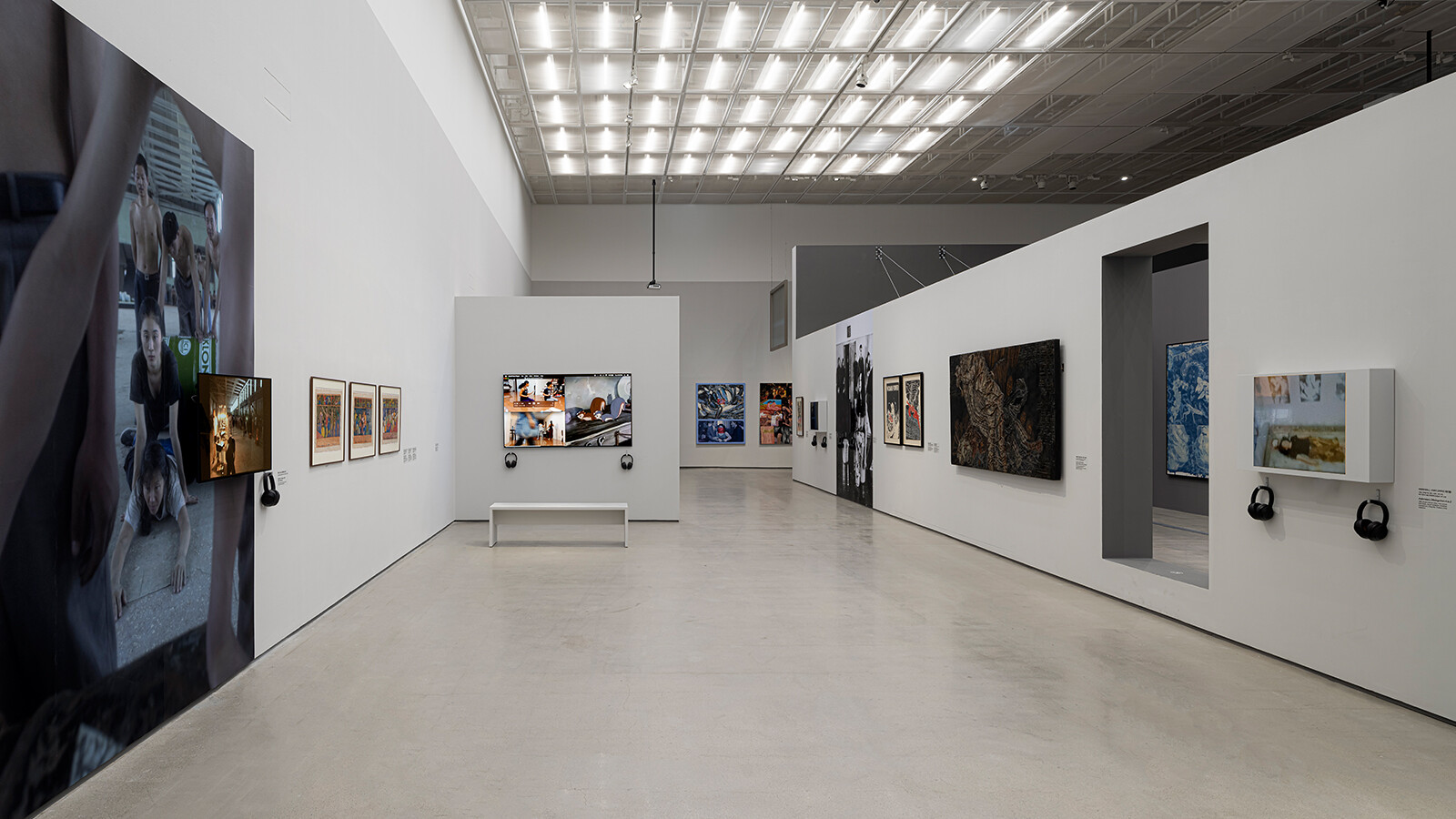
Symposium: “Talking Together—Asian Women Artists”
February 7, 2025
National Museum of Modern and Contemporary Art, Seoul
30 Samcheong-ro, Jongno-gu
03062 Seoul
South Korea
Hours:
Monday–Sunday 10am–6pm,
Wednesday and Saturday 10am–9pm
T +82 2 3701 9500
The National Museum of Modern and Contemporary Art, Korea (MMCA) presents the international symposium entitled “Talking Together—Asian Women Artists” on Friday, February 7, 2025 at the MMCA Seoul.
This symposium is held in conjunction with the exhibition Connecting Bodies: Asian Women Artists. While the large-scale exhibition provides a survey of Asian contemporary art through a selection of around 130 works from 11 countries, the symposium “Talking Together—Asian Women Artists” offers a forum for discussing in-depth interpretations and discourses with scholars, curators, and a cultural anthropologist who will discuss women artists of Asia in a wider range of contexts.
The symposium is divided into three sections: “Asian Women Artists: Historical Context,” “Beyond Art: Interpretation and Discourse,” and “Collectivism: Porous, Collective Bodies.” It includes presentations on various themes, section discussions, and a general discussion.
The first section, entitled “Asian Women Artists: Historical Context,” explores women’s art in the contexts of modern history in China, Japan, and Taiwan. Karen Smith (head of Academic Initiatives, De Ying Foundation) offers a historical examination of post-1989 Chinese artists who experimented with radically oriented work without overtly espousing a feminist identity. Reiko Kokatsu (art historian, former chief curator of Tochigi Prefectural Museum of Fine Arts) discusses avant-garde women artists in postwar Japan and their various backgrounds. Tseng Fangling (chief curator, Kaohsiung Museum of Fine Arts) describes the landscape of the body realized by Taiwanese women artists in the period after the lifting of martial law, focusing on those featured in the recently opened women’s art exhibition Ocean in Us at the Kaohsiung Museum of Fine Arts. The second section, entitled “Beyond Art: Interpretation and Discourse,” discusses aspects of Asian women’s art that intersect with different contexts. Kim Hyeonjoo (art historian) investigates the importance and meaning of Let’s Break Open the Floodgate: Encounters of Women’s Liberation Poems and Paintings, a historic exhibition in the context of the Korean feminist culture movement. Chun Young-Paik (professor, Hongik University) analyzes the works of women artists including Theresa Hak Kyung Cha and Chang Jia with an emphasis on the significance of new “writing” based on “inscriptions of the femininity.” Lee Jeongyoon (cultural anthropologist, lecturer, Hankuk University of Foreign Studies) applies an anthropological lens to examine the perspective on death seen in the works of Thai artist Araya Rasdjarmrearnsook and Indonesian artist Arahmaiani. In the third part, entitled “Collectivism: Porous, Collective Bodies,” Tessa Maria Guazon (associate professor, University of the Philippines Diliman) discusses the significance and influence of KASIBULAN (Kababaihan sa Sining at Bagong Sibol na Kamalayan, “Women in Art and New Consciousness”), a group of Filipina artists founded in 1987. Yvonne Low (art historian, lecturer, University of Sydney) explores the activities of Southeast Asian women artists who have used collectivism as a means of battling to recover artistic subjectivity in the public realm. For the section discussions and general discussions, moderators Kim Namin (curator, MMCA), Bae Myungji (curator, MMCA), Cho Hyeok (art historian), and Lee Jinshil (art critic) will be engaging in a discussion with the presenters and audience.
Attendance at the symposium is free and available to those who apply in advance through the MMCA website starting at 10 am on February 3, 2025 (limited to the first 250 applicants).
MMCA aims to position the art museum as a vibrant platform for dynamic and meaningful engagement by curating a diverse range of public programs. “Talking Together—Asian Women Artists” offers a chance to delve into the rich histories and dynamic ideas that shape Asian art, fostering a deeper understanding and appreciation of its cultural significance.


